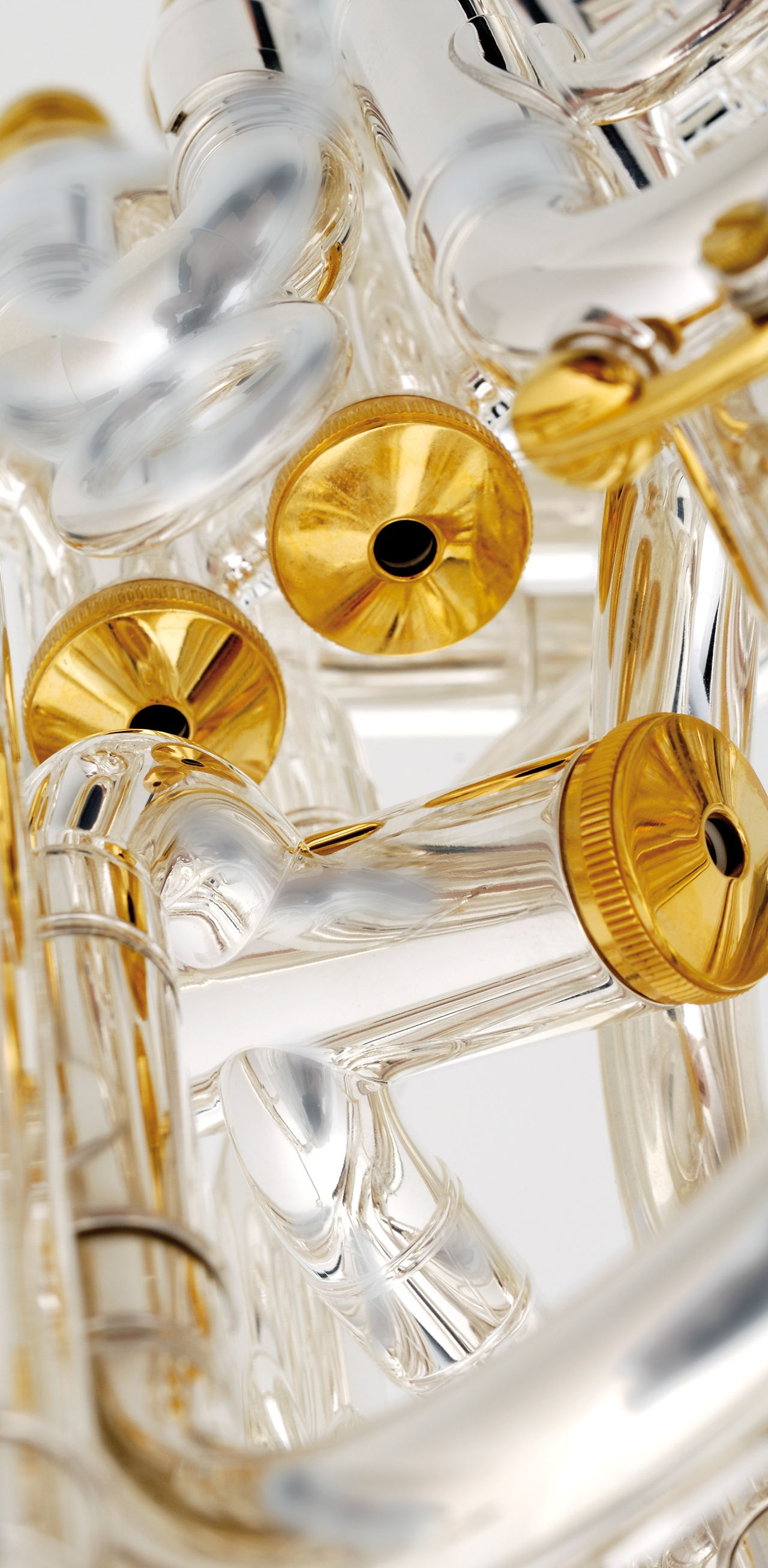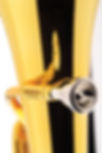

About the Foundation
Euphonium Foundation UK is a Charitable Incorporated Organisation (CIO) whose objectives include the commissioning of new works of high quality to promote the euphonium in the wider world of musical arts, in addition to developing a better understanding of the euphonium and its capabilities through education, whilst maintaining and increasing public awareness of the instrument through the support of other euphonium related projects. Euphonium Foundation UK was formed in December 2007, as a not-for-profit organisation, by Artistic Director, David Childs, and became a CIO in 2022.
Trustees
Robert Childs (Chairman)
Martin Smith
Artistic Director
Finance Director

About the Euphonium
In 1891 a journalist from the Daily Telegraph suggested the sound of the euphonium was, "enough to make a Quaker kick his mother-in-law"! Fortunately, the instrument and its exponents have moved on a great deal since then; today the euphonium is recognised as a versatile solo instrument to rank alongside the trombone, trumpet and orchestral horn.
The earliest forerunner of the euphonium is generally thought to have been the 'serpent' which Handel used in his Music for the Royal Fireworks. After 1835 few serpents were made - they eventually gave way to the more refined 'ophicleide'. Like the serpent, the ophicleide was played with a cupped mouthpiece and produced a deep tone. Mendelssohn wrote for the ophicleide in his Midsummer Night's Dream, as did Berlioz in his Symphony Fantastique. However, the ophicleide was soon consumed by the advances of technology through the invention of the piston valve and although the euphonium and ophicleide co-existed for some time, it is the euphonium which remained and caught the attention of Strauss, Mahler, Janacek and most famously Holst; all of whom wrote for the euphonium as a member of the orchestra.
The true home of the euphonium in the UK is the brass band; here it takes the orchestral role of the cello, responsible for soaring through the texture with effortless sonority. Featured as a regular solo instrument with brass and military bands the euphonium has a great repertoire of 'light' music. However, in recent times, and in no small part thanks to the efforts of Euphonium Foundation UK, this repertoire has been augmented to include substantial solo works and concerti from leading composers including Alun Hoddinott, Sir Karl Jenkins, Bruce Broughton and Paul Mealor.
The euphonium is a relatively straight-forward instrument to play. Its sound is created by blowing air between the lips, creating vibrations (a buzz), which in turn produces the sound. Different pitches are then achieved by altering the tension of the lips, speed of airflow and the use of the instrument's piston valves. Most euphoniums have four valves, but student models sometimes have three.
The word 'euphonium' derives from the Greek, 'euphonia' meaning well sounding, although in orchestral circles the euphonium is often referred to by its posh name, the 'tenor tuba'! Interestingly the euphonium nomenclature is not standardised throughout Europe. Spain's euphonium look-alike is a 'bombadino', the Germans have a 'kleine bass', Italy a 'flicoino basso' and France a 'Saxhorn-basse'. However, all of these are names for approximately the same valved bugle pitched in Bb with eight feet of conical tubing and the same basic range of four to five octaves, depending on who's playing it!
In recent decades the euphonium’s profile has risen within the classical world of music, appearing at prestigious festivals and performing as a solo voice with some of the UK's finest orchestras. No longer an excuse for a "Quaker to kick his mother-in-law", the euphonium is capable of combining the most beautiful tone quality with astonishing technical facility.
David Childs, Artistic Director

Body parts
Click on each image for a close-up view.

